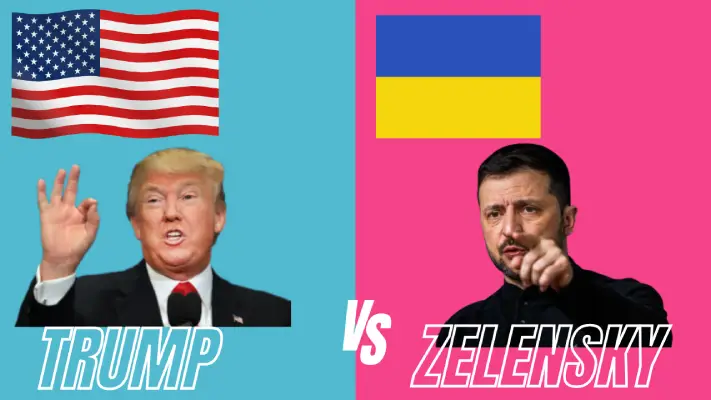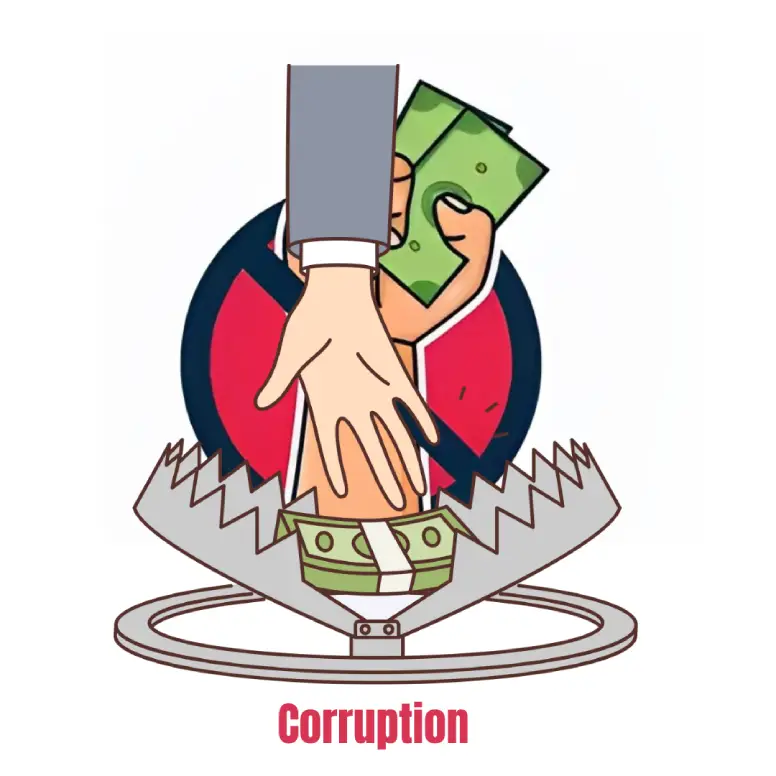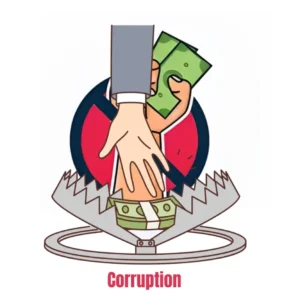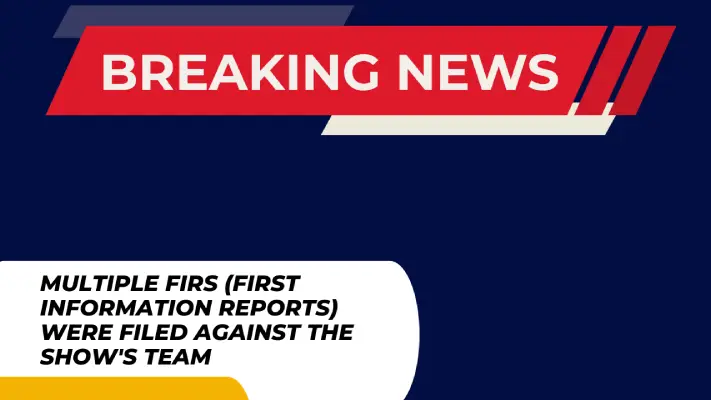Unpacking the Oval Office Confrontation
Introduction
The relationship between the United States and Ukraine has been pivotal in shaping Eastern European geopolitics, especially in the context of ongoing tensions with Russia. On February 28, 2025, a highly anticipated meeting between U.S. President Donald Trump and Ukrainian President Volodymyr Zelensky took place in the Oval Office. What was expected to be a diplomatic discussion turned into a heated confrontation, marking a significant turning point in international relations.
An Introduction to the Conflict
Tensions between the Ukrainian government and the Trump administration were evident before the meeting. In order to hasten the end of the protracted conflict, the United States was pushing for Ukraine to make concessions to Russia. Ukraine, on the other hand, had long-standing reservations about Russia’s willingness to sign any accords without strong security assurances from the United States. This discrepancy in expectations created the conditions for a heated discussion.
The Showdown at the Oval Office
President Trump, President Zelensky, and Deputy JD Vance were there as the meeting began. As Trump and Vance attacked Zelensky’s strategy for the peace talks, accusing him of dragging out the war and being unappreciative of American assistance, tensions quickly increased. Zelensky defended Ukraine’s stance, stressing that any compromises must be preceded by real security guarantees. Trump quickly ended the discussion and gave Zelensky the order to depart the White House after the heated dispute.
Immediate Aftermath
In the wake of the confrontation, the Trump administration announced the suspension of all military aid to Ukraine, a move that sent shockwaves through the international community. European leaders expressed alarm over the potential ramifications for regional security. Media outlets worldwide covered the incident extensively, highlighting the unprecedented nature of the public dispute between allied nations.
Worldwide Consequences
The repercussions of the altercation in the Oval Office were extensive. America’s alliances with European countries, many of which had been staunch advocates of Ukraine’s sovereignty, were damaged by the breach between the U.S. and Ukraine. The dispute, however, was seen positively in Russia, where state media praised Trump’s position and implied that the U.S.-Ukraine alliance was deteriorating. Russia’s standing in the area was strengthened by this development, which might have changed the balance of power in Eastern Europe.
Evaluation of the Diplomatic Repercussions
The event demonstrated how the Trump administration’s foreign policy has shifted away from long-standing relationships and toward a more transactional approach. Members of NATO began to question if U.S. pledges were reliable as a result of this realignment. Furthermore, the confrontation’s public character brought attention to the significance of diplomatic decorum and the possible repercussions of breaking such standards.
Conclusion
The conflict between President Trump and President Zelensky in the Oval Office on February 28, 2025, is a sobering reminder of the difficulties involved in conducting international relations. The incident makes people think about the value of having positive conversations and the delicate balance of international alliances as the globe observes the consequences that are developing.

















